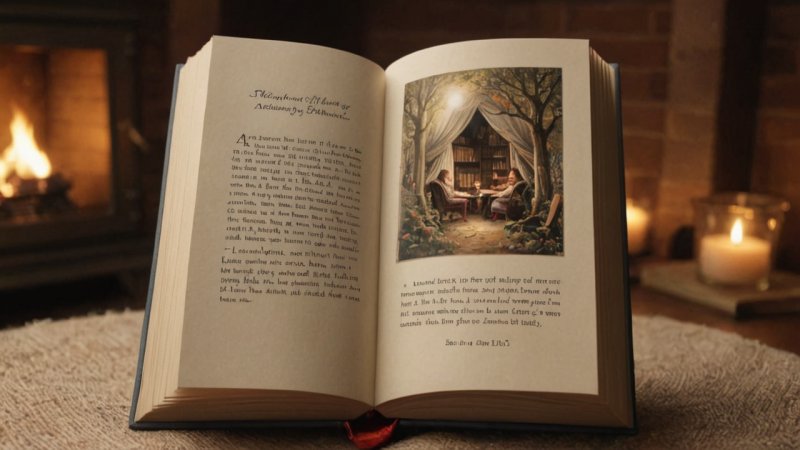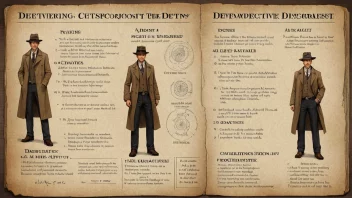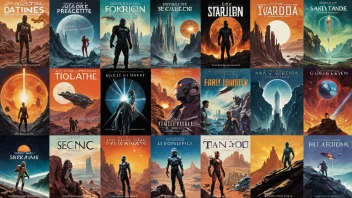1. Start With a Hook
A captivating opening line can draw readers in immediately. Consider using an intriguing statement, a surprising fact, or a question that piques curiosity. For example, the opening of 1984 by George Orwell immerses readers in a chilling world right from the start.
2. Establish Setting Early
Setting the scene allows readers to visualize the world of your story. Descriptive language can create a vivid backdrop for your characters and plot. In The Great Gatsby, F. Scott Fitzgerald uses lush descriptions of the 1920s to transport readers into his narrative.
3. Introduce a Compelling Character
The protagonist is often the heart of the story. Introducing them in a unique or intriguing way can captivate readers. For instance, To Kill a Mockingbird by Harper Lee introduces Scout Finch in her innocent yet perceptive manner, instantly engaging the audience.
4. Pose a Provocative Question
Questions can spark intrigue and encourage readers to think. Start with a question that relates to your story's themes or conflicts. In The Catcher in the Rye, J.D. Salinger opens with a reflective tone that poses questions about identity and belonging.
5. Create an Air of Mystery
Leaving some questions unanswered can grip the reader's attention. An enigmatic start can lead readers to want to uncover the truth as they progress. The first chapter of The Girl with the Dragon Tattoo by Stieg Larsson does just that, introducing a complex mystery right away.
6. Use Strong Imagery
Evocative imagery can transport readers into your story. By painting a picture with words, you allow readers to experience the narrative on a sensory level. The lyrical prose of One Hundred Years of Solitude by Gabriel García Márquez is a perfect example of this technique.
7. Set the Tone
Your opening should reflect the tone of the story. Whether it's dark, humorous, or whimsical, the first few lines should give readers a taste of what to expect. For example, The Hitchhiker's Guide to the Galaxy by Douglas Adams begins with a light-hearted tone, setting the stage for a comedic sci-fi adventure.
8. Start in the Middle of Action
In medias res—starting in the middle of the action—can create immediate engagement. This technique throws readers straight into the conflict, making them want to know what led to that moment. A famous example is The Iliad by Homer, which begins amidst the chaos of war.
9. Use Dialogue Effectively
Opening with dialogue can introduce characters and conflict right away. It can create immediacy and make readers feel like they are eavesdropping on an important conversation. Trainspotting by Irvine Welsh employs this technique expertly, immersing readers in the characters' lives from the get-go.
10. Reflect the Theme
Foreshadowing your theme in the opening lines can set the stage for deeper exploration. A well-crafted beginning can hint at the journey ahead. In Beloved by Toni Morrison, the opening reflects themes of memory and trauma, establishing a profound connection with readers.
In conclusion, a compelling opening is crucial for engaging readers in fiction. Whether through a striking hook, vivid imagery, or intriguing characters, the first lines set the stage for the entire story. By employing these techniques, writers can effectively draw readers into their narratives and cultivate a lasting love for literature.






